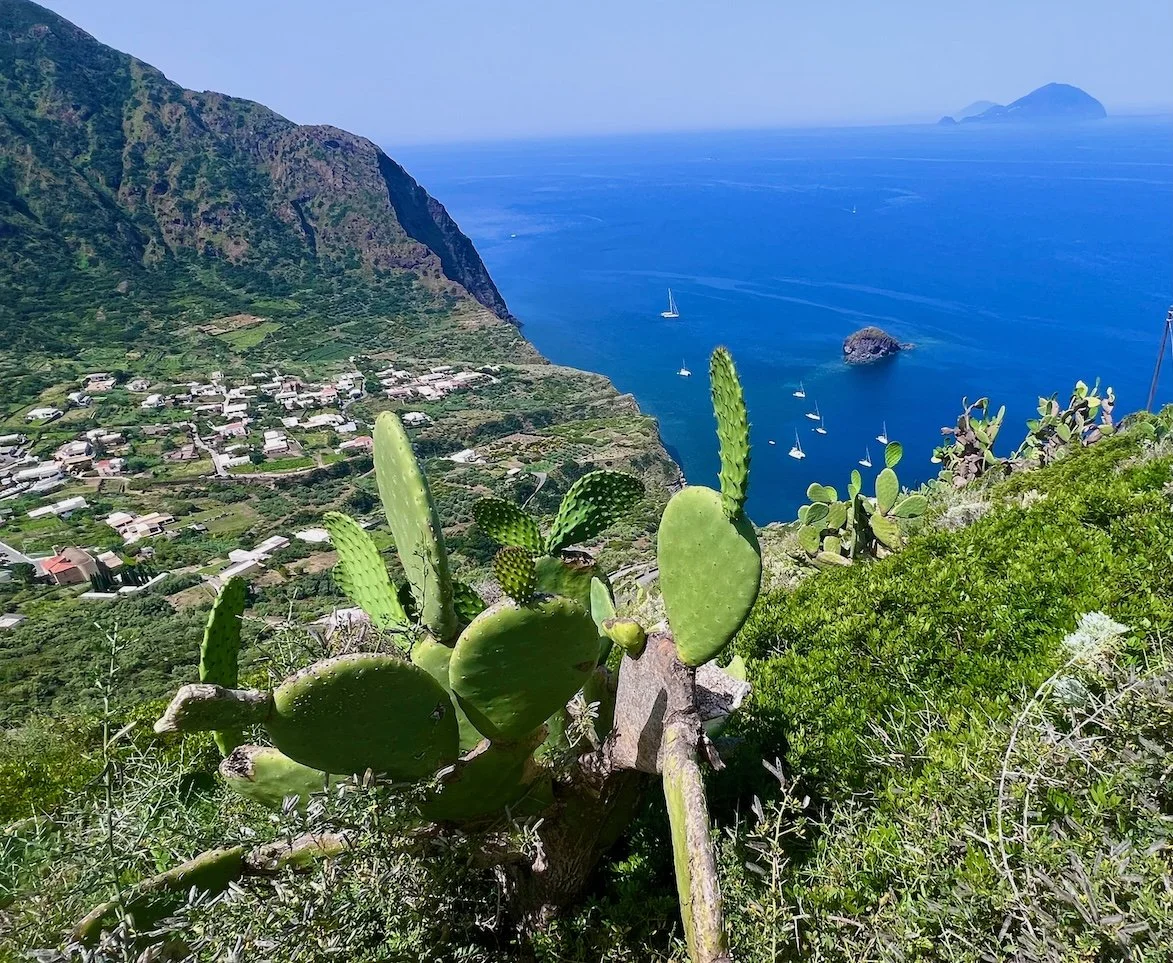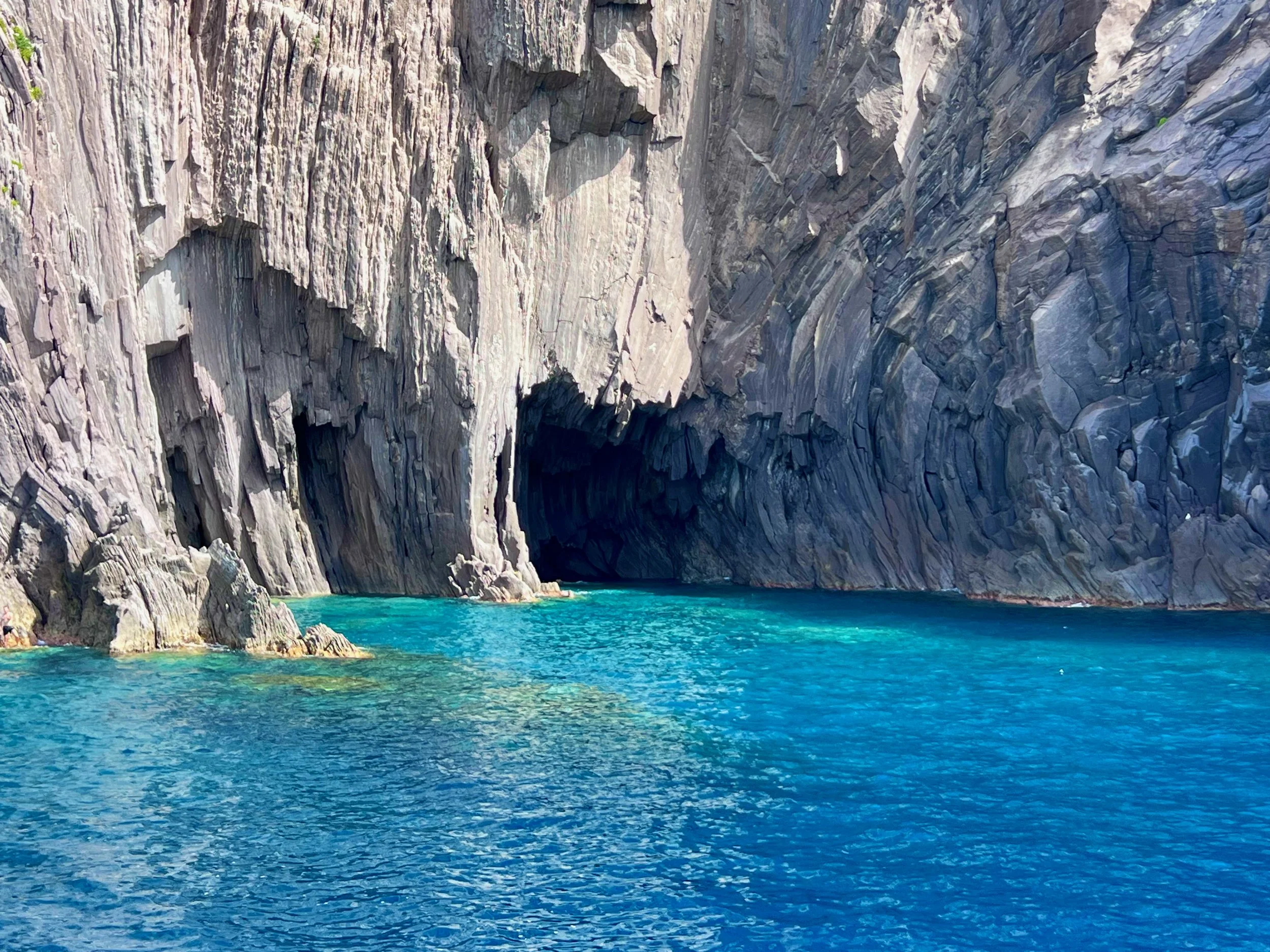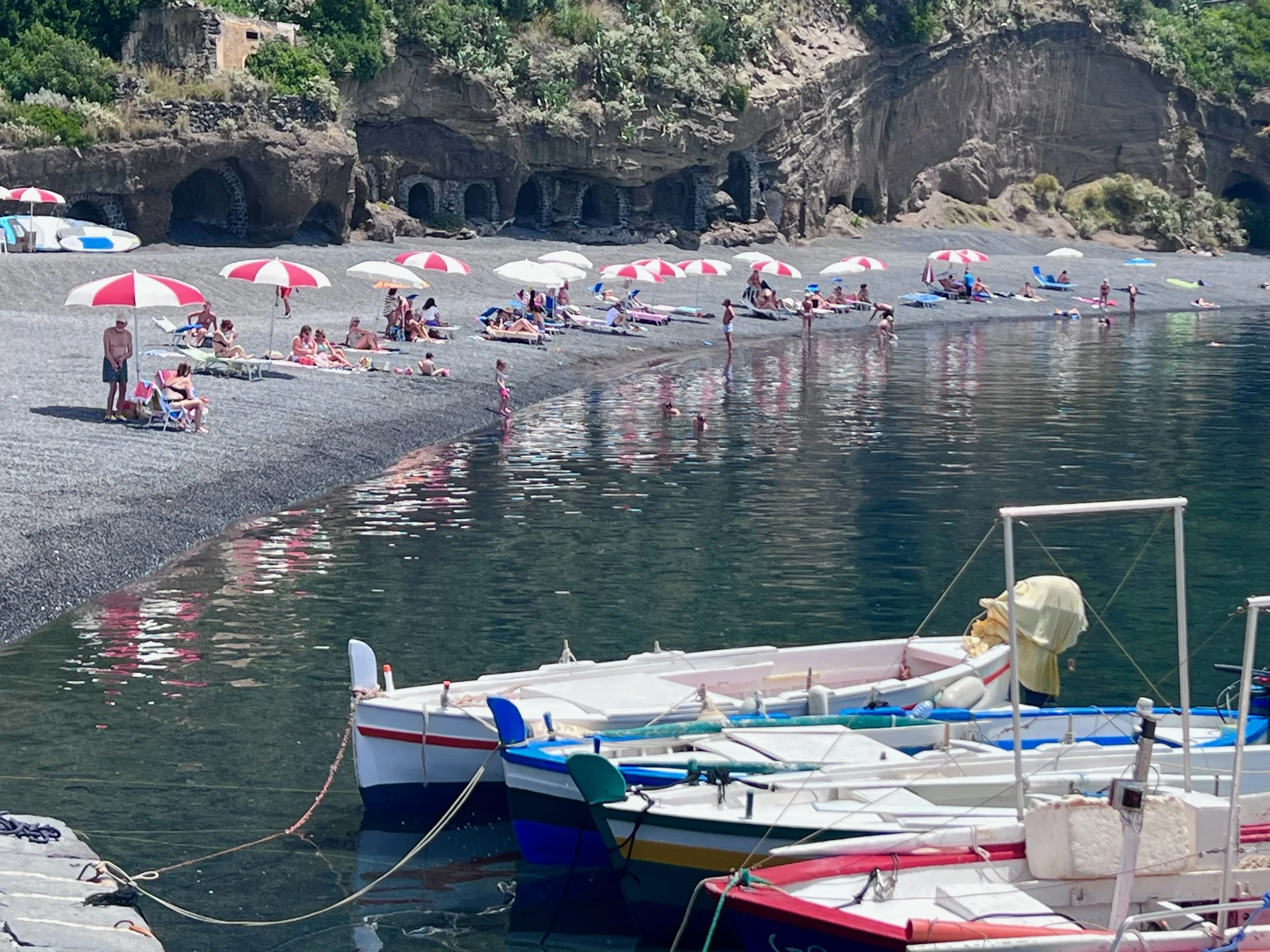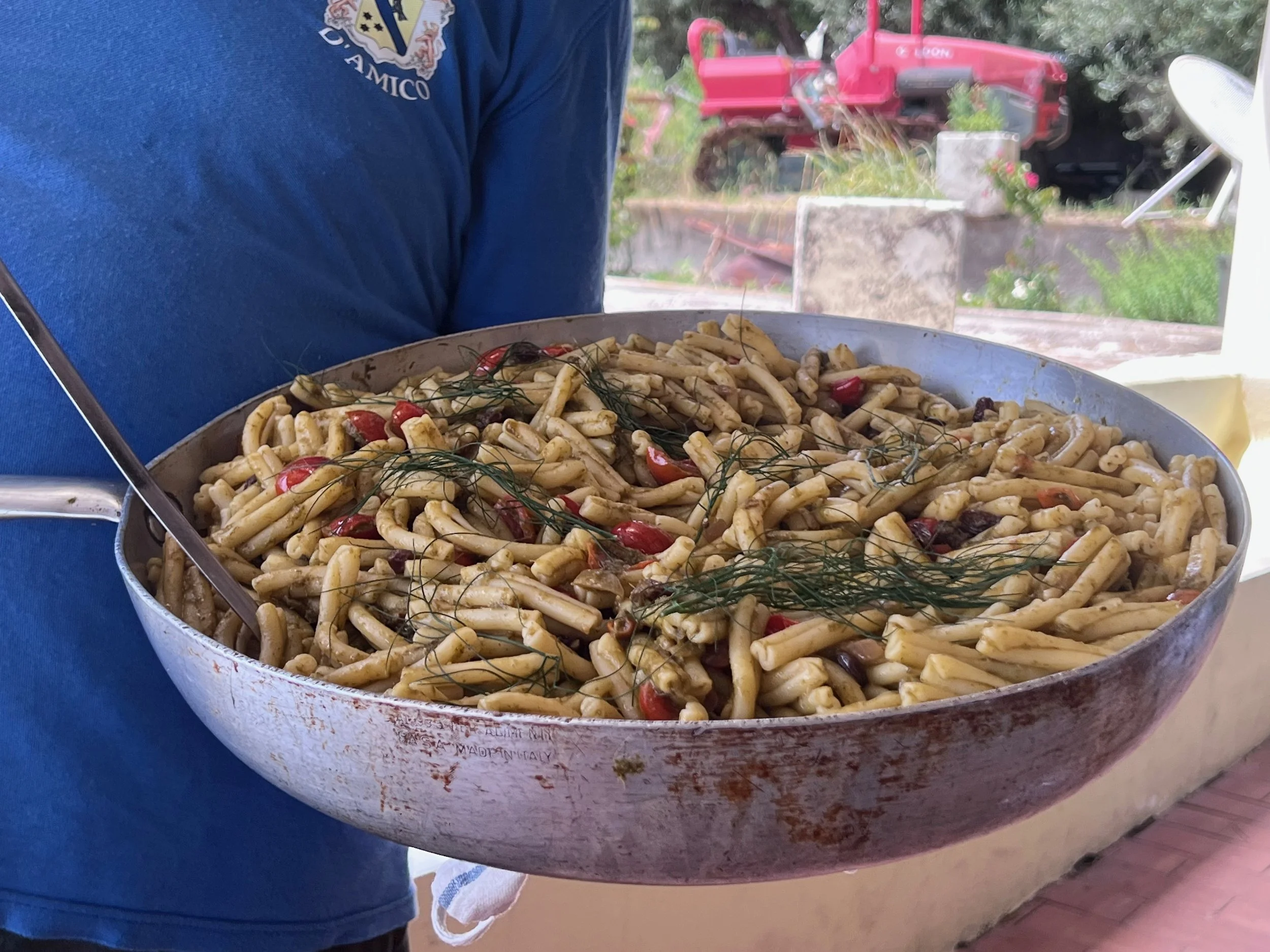sicily’s aeolian islands
Dotting the Tyrrhenian Sea off the north coast of Sicily lay the Aeolian archipelago, a strand of seven volcanic islands cast amid expansive blue waters, white sands, and volcanic pumice. A UNESCO World Heritage site, the islands offer a respite from the frenzied pace of mainland life, whispering mythical tales like the lapping of the waves.
“To have seen Italy without having seen Sicily is not to have seen Italy at all, for Sicily is the clue to everything.” -Goethe
Lipari, the largest island, serves as the group's main hub, with archaeological sites that trace human settlement back to Neolithic times. Vulcano is famous for its mud baths and fumaroles, while Stromboli, with its continuously active volcano, offers one of the most spectacular natural fireworks displays in the world. Salina is known for its lush landscapes, caper cultivation, and Malvasia wine. The smaller islands of Filicudi, Alicudi, and Panarea offer quieter, more secluded escapes, with beautiful hiking trails, clear waters for diving, and ancient village ruins to explore.
The islands have been inhabited since Neolithic times with the Greeks appearing sometime between 1600 and 1200 BC, evidenced by the existence of Mycenean ceramics in the islands’ late bronze age archeological record. Over the centuries, the islands have seen the presence of Romans, Byzantines, and Normans, among others, each leaving their mark on the islands' culture and traditions. The strategic importance of the islands, due to their location in the Tyrrhenian Sea, has also played a role in their history, influencing the development of navigational and maritime skills among the islanders.
The cuisine of the Islands is a reflection of their Mediterranean setting and potpourri of cultural influences. Characterized by the use of fresh seafood, capers, olives, and tomatoes, the dishes incorporate locally produced ingredients like Malvasia wine and extra virgin olive oil, and traditional recipes include pasta with seafood, caponata (a type of vegetable stew), and sweets made with almonds and local honey. A typical day starts with a refreshing granita (think fresh slushy) made from local lemons, almonds, strawberries, watermelon, or even espresso, topped with whipped cream and a soft warm brioche, and ends with a glass of Malvasia wine, a sweet wine made from grapes that thrive in the volcanic soil.
Apart from the history and cuisine, the Aeolian Islands are a UNESCO World Heritage Site, renowned for their ecological and geological treasures. The diverse geological landscapes of the islands include spectacular volcanic formations such as craters, lava flows, and the "sciara" — steep slopes of volcanic debris. These features provide unique opportunities for scientific research and education. Moreover, the islands support a variety of ecosystems, hosting endemic species and a rich marine biodiversity that benefits from the surrounding nutrient-rich waters.
Nowhere else in Italy, or arguably in the Mediterranean, will you find such a rich tapestry of history, culture, mythology, ecology, and cuisine. Are you ready to immerse yourself in this unique paradise? Join us in Sicily & the Aeolian Islands this June 13-24!










